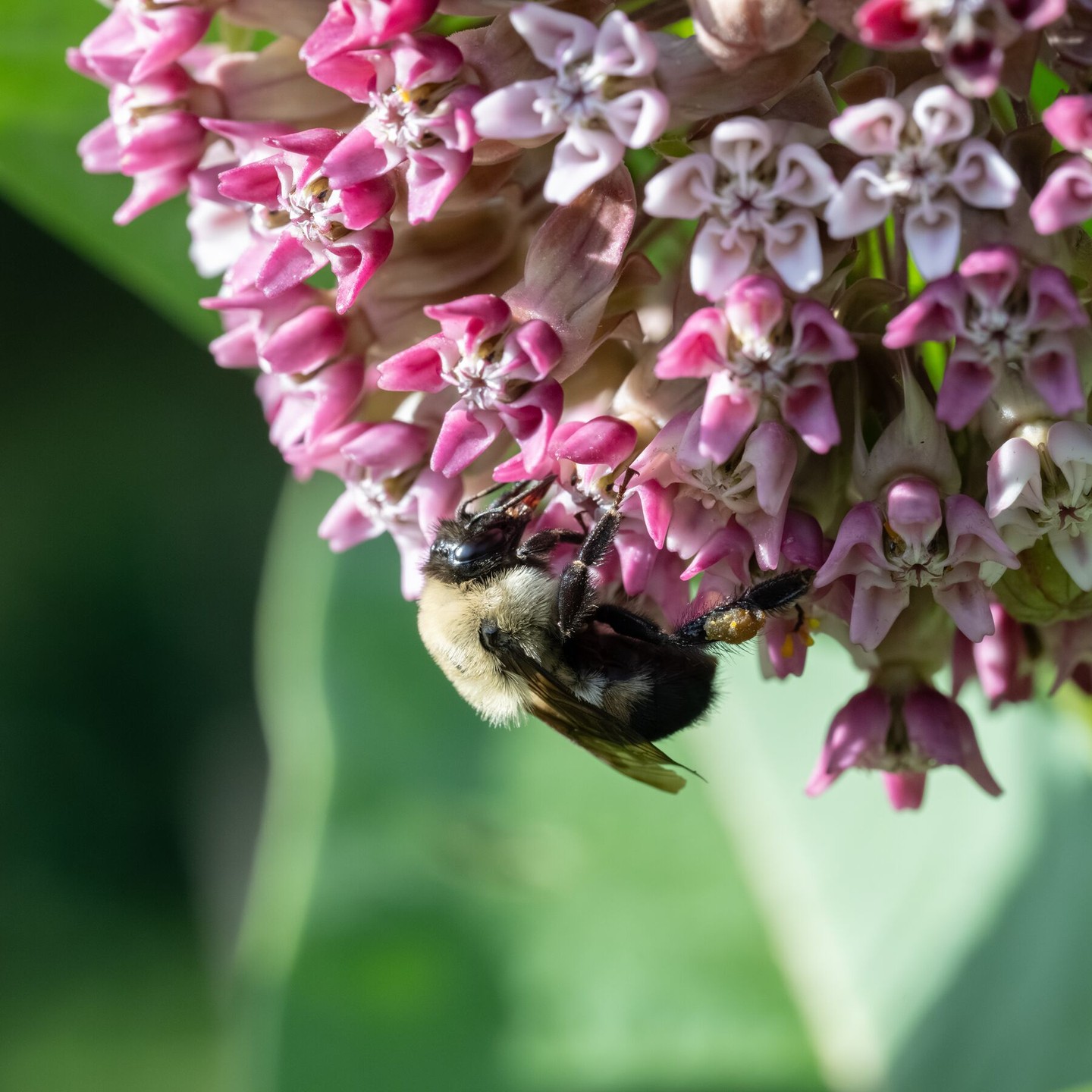- Understanding the Importance of Gardening for Wildlife
- Creating a Wildlife-Friendly Habitat
- Encouraging Biodiversity Through Plant Selection
- Providing Water and Shelter for Wildlife
- Managing and Maintaining Your Wildlife Garden
Gardening for wildlife is a crucial endeavor in contemporary conservation efforts. It involves creating spaces that support a variety of species, contributing to ecosystem balance. From pollinators to small mammals, a well-planned wildlife garden can become a haven for many creatures, offering them nourishment, shelter, and a place to thrive.
Understanding the Importance of Gardening for Wildlife
Gardening for wildlife provides critical support for ecosystems, one garden at a time. Fragmentation of habitats due to urbanization disrupts ecosystems, restricting wildlife from accessing food and shelter. By converting your backyard or community green space into a wildlife oasis, you contribute positively to the local ecology.
Human activities have significantly impacted habitats globally. Creating wildlife-friendly gardens can mitigate this impact by serving as mini-reserves. Such gardens play an essential role in providing continuity for species that might otherwise decline. Pollinators, such as bees and butterflies, benefit immensely from these efforts, making them vital focal points for those interested in conservation.
Creating a Wildlife-Friendly Habitat
To cultivate a wildlife-friendly habitat, variety is key. Incorporating a mix of native plants is central to attracting local wildlife. Native plants serve as the foundation of food chains, supporting insects that have evolved in tandem with them. These, in turn, provide food for birds and other animals.
Structure and layering are important in creating diverse habitats. Tall trees offer perches for birds, while shrubs provide nesting sites. Ground cover plants give refuge to small mammals and insects. Incorporating a mix of plant heights and types will create niches for various species to thrive.
Avoid using pesticides. They can harm non-target species and reduce biodiversity. Instead, promote natural pest control by encouraging predatory insects and birds. As wildlife populations grow in your garden, they will aid in maintaining ecological balance.
Encouraging Biodiversity Through Plant Selection
Plant selection significantly impacts the biodiversity in a garden. Opt for a combination of flowering plants to support pollinators throughout different seasons. Aim for a continuous bloom from early spring to late fall to provide a steady food source.
Herbs like lavender and thyme attract bees, while milkweed is crucial for monarch butterflies. Dense grasses and ground covers offer habitats for insects and amphibians. Remember to include fruiting plants and berry-producing shrubs to offer additional food sources for birds and small mammals.
Use native plants as a priority. They require less maintenance and are better adapted to local conditions, which supports local wildlife more effectively than exotic species. Native grasses, wildflowers, and shrubs will enrich the ecological interaction within your garden.
Providing Water and Shelter for Wildlife
Water is essential for wildlife, serving as a resource for drinking, bathing, and breeding. Install a small pond or birdbath, ensuring it has varying depths to accommodate different species. Keep the water clean and accessible, and provide logs or stones for perches and basking spots.
Shelter is another critical aspect. Brush piles, rock crevices, and wood debris offer cover for reptiles, amphibians, and insects. Birdhouses and bat boxes help flying species find roosting places. Ensure these structures are placed in quiet areas, away from human activity and potential predators.
By offering these elements, you create a habitat that supports life stages beyond mere feeding, contributing to reproduction and lifecycle completion.
Managing and Maintaining Your Wildlife Garden
A successful wildlife garden requires thoughtful management. Regular inspections help assess plant health and identify any invasive species. Consider seasonal tasks such as leaf litter management, which can provide both nutrient recycling to the soil and habitat for overwintering insects.
Provide care for the plants by pruning and mulching to maintain healthy growth. Rather than focusing solely on aesthetics, prioritize ecological function. Encourage natural processes like decomposition and let some areas remain undisturbed for wildlife benefit.
Citizen science projects often welcome data from backyard gardens. Participating in these initiatives can offer insights into how your garden contributes to wider conservation efforts, allowing you to track changes in local biodiversity over time.
In summary, gardening for wildlife is a tangible way to contribute to conservation efforts. By understanding the needs of local species and crafting your garden to meet those needs, you support biodiversity and help mitigate the effects of habitat loss. Through the thoughtful integration of plants, water, and shelter, you pave the way for a thriving ecosystem, right in your own backyard.
*****
Source Description
What do you know about gardening for wildlife? 🐝 Do you need some pointers to get started? Learn more about inviting biodiversity to your backyard, windowsill or community green space to support local wildlife year-round! Link in our bio.


